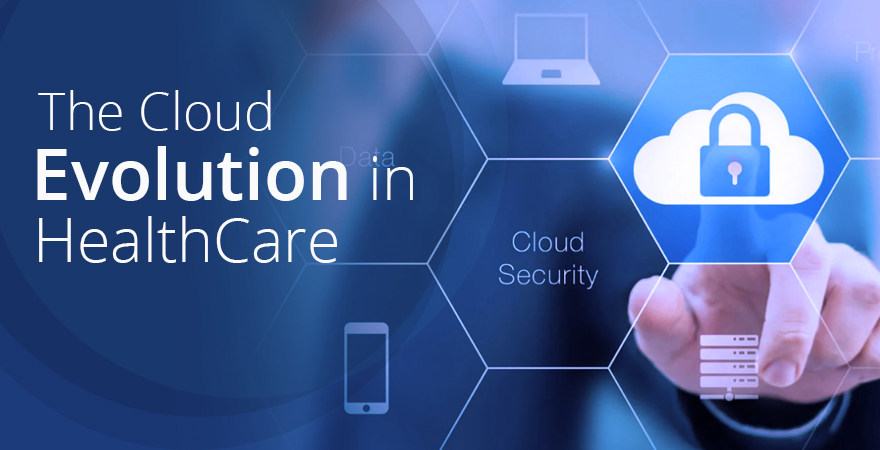Hear From Your Peers – Steve Arndt
Healthcare providers are under constant pressure to modernize their customer care systems while maintaining very strict compliance regulations. This balancing act has lead more providers to look into cloud solutions for collaboration and innovation. A 2016 HIMSS survey of 105 healthcare organizations found that 50% reported a plan to move to the cloud in the near future.
With the push for healthcare organizations to modernize and move to the cloud, we wanted to take this opportunity to speak to someone who is in the trenches with you. Steve Arndt is the CIO of Medicalodges, a 50+ skilled nursing facility in the Midwest. He has over 18 years of experience in the healthcare industry. Full disclosure: Medicalodges is a dinCloud customer. Here’s what he said.

dinCloud: What do you feel is the future of the cloud in the healthcare industry?
SA: I think it is the primary future in that I see very few healthcare organizations maintaining their own data centers long into the future. This transition may be slow and based on trigger events (like physical moves, acquisitions, divestitures, etc), but is inevitable as the industry is being driven to increase compliance and reduce costs.
dinCloud: What advice would you give to others who are considering moving their healthcare organizations to the cloud?
SA: Evaluate the providers – ensure you find one with great support. Get your BAA. Look to trigger events to transition, and plan it as a transition, don’t do everything at once.
dinCloud: What benefits have you seen from your migration to the cloud?
SA: Stability. Increased support on systems. Ease of provisioning/deprovisioning resources for pilot projects and new rollouts.
dinCloud: What functions do you feel would be the best first step for an organization looking to migrate?
SA: Determine simple servers/apps that are easy to migrate. Use this to set up the initial cloud infrastructure, then connect the cloud infrastructure to the local server environment via secure vpn or mpls so that you can integrated into a single domain. At that point, everything else is no different (but easier) than dealing with physical infrastructure.
dinCloud: What were your drivers to migrate to the cloud? What pain points did the migration solve?
SA: The primary driver was security and Business Continuity not adequately in place in the local environment. Second to that was limitations on internal expertise for ongoing maintenance of physical resources. Both of these issues were solved by moving to cloud infrastructure.
dinCloud: Everyone knows about the perceived struggle between cloud services and compliance. How have you overcome these challenges?
SA: I believe these are really more perceived differences than reality. With all conversations with our stakeholders, they quickly saw that we had more leverage and compliance/security with moving to the cloud than maintaining a premise presence.
dinCloud: How is moving to the cloud enabling healthcare organizations succeed?
SA: I believe the flexibility of cloud resources and ensuring cost is tied to current need is huge. Being able to operationalize infrastructure, and not having to maintain internal expertise on complex technologies (like Vmware, SANs, etc) helps healthcare organizations to optimize spend on IT.
Cloud services can help your HIT balance the objectives of being patient-centric and still be compliant. Keep reading on how cloud solutions can aid your organization.


